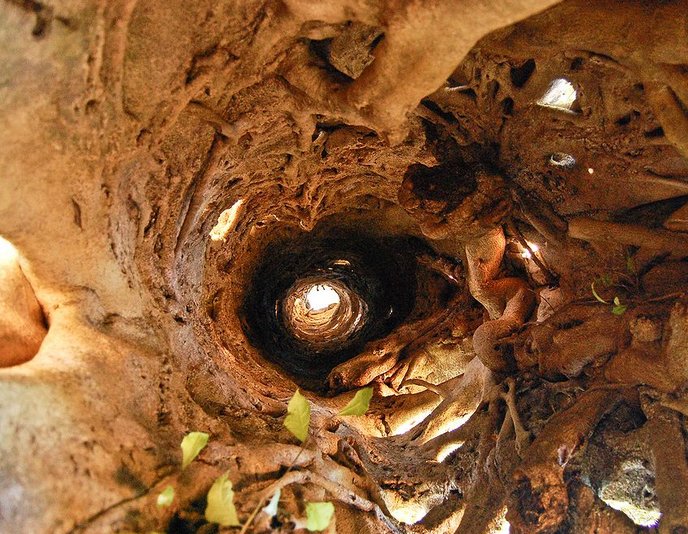|
TAHUA
32 By counting right ascension dates we have found that the proper way to look at time-space probably was to disregard the dates in the Sun calendar - which otherwise might have suggested for instance that October 22 should be precisely at the opposite side of the year as compared to April 22 (112 = 295 - 183). Instead the proper way to look at e.g. the position of Mira (*33) should be to perceive Arcturus as a star at the opposite side of the night sky:
Most fitting because Arcturus (-0.05) was the brightest star in the northern hemisphere - thus corresponding to Sirius (-1.46) as the brightest star in the southern hemisphere - and therefore a suitably complemenary for the variability of light from Mira. ... Although an old constellation, Cetus is by no means of special interest, except as possessing the south pole of the Milky Way and the Wonderful Star, the variable Mira; and from the fact that it is a condensation point of nebulae directly across the sphere from Virgo, also noted in this respect ... ... Mira also known as Omicron Ceti (ο Ceti, ο Cet), is a red giant star estimated 200-400 light years away in the constellation Cetus. Mira is a binary star, consisting of the red giant Mira A along with Mira B. Mira A is also an oscillating variable star and was the first non-supernova variable star discovered, with the possible exception of Algol. Apart from the unusual Eta Carinae, Mira is the brightest periodic variable in the sky that is not visible to the naked eye for part of its cycle ...
... In 1638 Johannes Holwarda determined a period of the star's reappearances, eleven months; he is often credited with the discovery of Mira's variability. Johannes Hevelius was observing it at the same time and named it 'Mira' (meaning 'wonderful' or 'astonishing,' in Latin) in 1662's Historiola Mirae Stellae, for it acted like no other known star. Ismail Bouillaud then estimated its period at 333 days, less than one day off the modern value of 332 days, and perfectly forgivable, as Mira is known to vary slightly in period, and may even be slowly changing over time ... But for practical reasons I will not change my table below, where we can perceive that Mira ought to be thought of as primarily at Gb4-13 (→ 413 → 14 * 29½) and Gb7-30 rather than at Gb4-14 (→ 41.4 → Bharani) and Gb7-31:
For the design of Gb7-30 is structurally not far away from Cb1-6:
... We have here evidently discovered another 'pinpoint fraction', viz. 0.7:
The central element in Cb1-6 is rakau:
Rakau. Raau, medicine, remedy, drug. Ra'a'u, scratch on the skin. Rakau, a plant. Râkau, goods, property. Vanaga. 1. Wood; rakau ta, cudgel, stick. P Pau.: rakau, tree, to dress a wound. Mgv.: rakau, wood, timber, a tree; medicine, a remedy; an object. Mq.: ákau, wood, tree. Ta.: raáu, id. 2. Medicine, remedy, potion, ointment, furniture, any precious object, resources, baggage, riches, heritage, dowry, merchandise, treasure, wealth; rakau hakaneinei, purgative; rakau nui, rich, opulent; rakau kore, poor, beggar, indigent, miserable, an inferior; hakakamikami ki te rakau, to impoverish; rakau o te miro, ballast. Mq.: akau, anything in general. The medicine sense is particularized in Tonga, Nukuoro, Hawaii, Tahiti, Mangareva, Paumotu. In no other speech does wood stand so fully for wealth of possessions, but it will be recalled that Rapanui is destitute of timber and depends wholly upon driftwood. Churchill.
|
|||||||||||||||||||||||||||||||||||||||||||||||||||||||||||||||||||||||||||||||||||||||||||||||||||||||||||||||||||||||||||||||||||||||||||||||||||||||||||||||||||||||||||||||||||||||||||||||||||||||||||||||









.jpg)

.jpg)